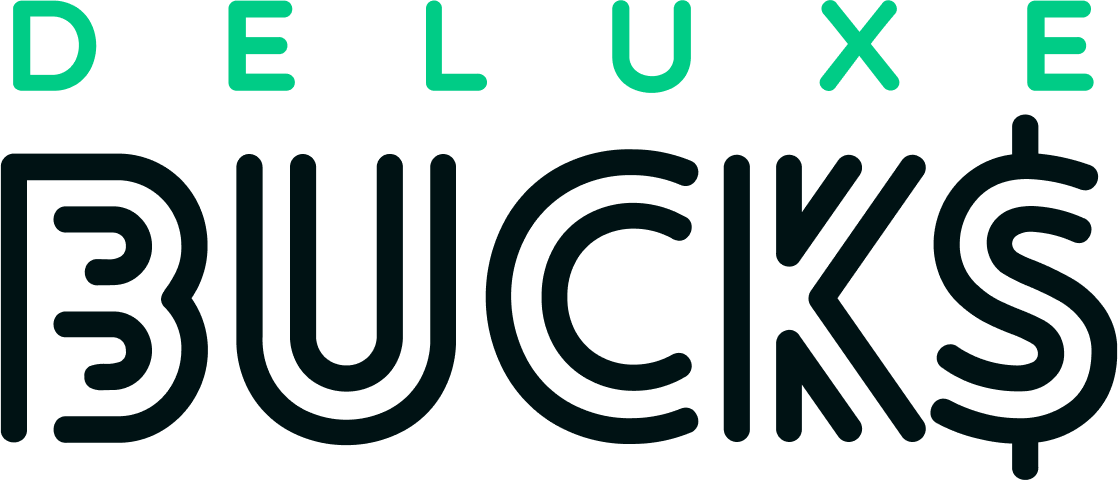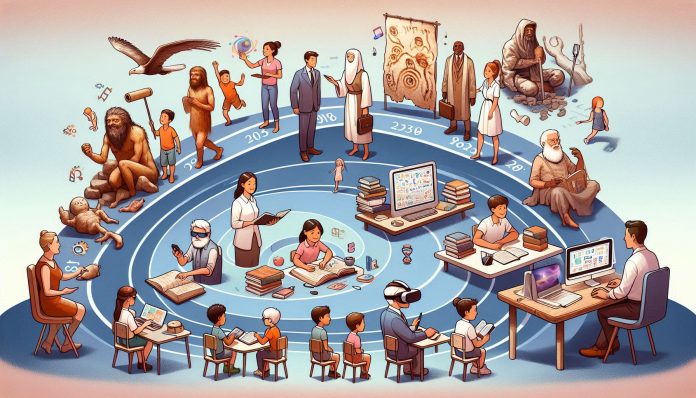The History of Education: Evolution and Trends
Education has always been a cornerstone of human development. From ancient civilizations to the modern digital age, the way we learn and teach has evolved dramatically. This article aims to explore the rich history of education, its evolution, and the current trends shaping its future.
Ancient Education Systems
Education in Ancient Egypt
In ancient Egypt, education was primarily reserved for the elite. Scribes were highly valued, and their training involved learning hieroglyphics and administrative skills. Temples and palaces served as educational centers.
Education in Ancient Greece
Ancient Greece is often credited with laying the foundations of Western education. Philosophers like Socrates, Plato, and Aristotle emphasized the importance of critical thinking and inquiry. The Academy and the Lyceum were early forms of higher education institutions.
Education in Ancient China
In ancient China, education was heavily influenced by Confucianism. The Imperial Examination system was established to select government officials based on merit rather than birthright. This system emphasized literature, philosophy, and ethics.
Medieval Education
Monastic Schools
During the medieval period, monastic schools were the primary centers of learning in Europe. Monks preserved and copied manuscripts, ensuring the survival of classical knowledge.
Islamic Golden Age
The Islamic Golden Age saw significant advancements in education. Scholars in the Islamic world made groundbreaking contributions to science, mathematics, and medicine. Institutions like the House of Wisdom in Baghdad became renowned centers of learning.
Medieval Universities
The establishment of medieval universities in Europe marked a significant development in education. Universities like Bologna, Oxford, and Paris became hubs of intellectual activity, offering courses in law, medicine, and theology.
Renaissance and Enlightenment
Humanism and Education
The Renaissance brought a renewed interest in classical knowledge and human potential. Humanist educators emphasized the study of humanities, including literature, history, and moral philosophy.
Scientific Revolution
The Scientific Revolution transformed education by promoting empirical observation and experimentation. Figures like Galileo and Newton revolutionized the way we understand the natural world.
Enlightenment Thinkers
Enlightenment thinkers like John Locke and Jean-Jacques Rousseau advocated for education as a means of achieving personal and societal improvement. Their ideas laid the groundwork for modern educational philosophies.
Industrial Revolution and Education
Rise of Public Education
The Industrial Revolution led to the rise of public education systems. Governments recognized the need for an educated workforce to support industrialization. Compulsory education laws were enacted in many countries.
Education for the Masses
Education became more accessible to the general population. Schools were established to provide basic literacy and numeracy skills to children from all social backgrounds.
Technical and Vocational Training
The demand for skilled labor led to the development of technical and vocational training programs. These programs aimed to equip individuals with practical skills for specific trades and industries.
20th Century Education Reforms
Progressive Education Movement
The Progressive Education Movement, led by figures like John Dewey, emphasized experiential learning and the development of critical thinking skills. Education was seen as a tool for social reform.
Post-War Education Policies
After World War II, many countries implemented education policies aimed at rebuilding and modernizing their education systems. The GI Bill in the United States, for example, provided educational opportunities for returning veterans.
Technological Advancements
The latter half of the 20th century saw significant technological advancements that transformed education. Computers, the internet, and multimedia resources became integral parts of the learning experience.
Modern Education Trends
Digital Learning
Digital learning has revolutionized education by providing access to vast amounts of information and resources. Online courses, virtual classrooms, and educational apps have made learning more flexible and accessible.
Inclusive Education
Inclusive education aims to provide equal learning opportunities for all students, regardless of their abilities or backgrounds. This approach promotes diversity and addresses the needs of marginalized groups.
Lifelong Learning
The concept of lifelong learning emphasizes the importance of continuous education throughout one’s life. This trend reflects the rapidly changing job market and the need for individuals to adapt and acquire new skills.
Global Education Systems
Education in Developed Countries
Developed countries often have well-established education systems with high literacy rates and advanced infrastructure. These countries invest heavily in education to maintain their competitive edge.
Education in Developing Countries
Developing countries face significant challenges in providing quality education. Issues such as poverty, lack of resources, and political instability hinder educational progress. However, efforts are being made to improve access and quality.
International Education Standards
International organizations like UNESCO and the OECD work to establish global education standards. These standards aim to promote quality education and ensure that all students receive a basic level of education.
Challenges in Education
Access and Equity
Ensuring access to education for all individuals remains a significant challenge. Disparities in access to education are often linked to socioeconomic status, gender, and geographic location.
Quality of Education
The quality of education varies widely across different regions and institutions. Factors such as teacher quality, curriculum, and learning environments play a crucial role in determining educational outcomes.
Funding and Resources
Adequate funding and resources are essential for providing quality education. Many education systems struggle with insufficient budgets, leading to overcrowded classrooms and outdated materials.
Future of Education
Artificial Intelligence in Education
Artificial intelligence (AI) has the potential to revolutionize education by providing personalized learning experiences. AI-powered tools can adapt to individual learning styles and provide targeted support.
Personalized Learning
Personalized learning tailors educational experiences to meet the unique needs of each student. This approach recognizes that students learn at different paces and have diverse interests and strengths.
Global Collaboration
Global collaboration in education involves sharing knowledge, resources, and best practices across borders. This approach fosters innovation and helps address common challenges in education.
Conclusion
The history of education is a testament to humanity’s enduring quest for knowledge and self-improvement. From ancient civilizations to the digital age, education has continually evolved to meet the changing needs of society. As we look to the future, it is essential to address the challenges and embrace the opportunities that lie ahead.
FAQs
What is the oldest education system in the world?
The oldest known education system is believed to be in ancient Egypt, where scribes were trained in hieroglyphics and administrative skills.
How did the Industrial Revolution impact education?
The Industrial Revolution led to the rise of public education systems and the establishment of technical and vocational training programs to support industrialization.
What are the current trends in education?
Current trends in education include digital learning, inclusive education, and lifelong learning.
How is technology changing education?
Technology is changing education by providing access to vast amounts of information, enabling online learning, and offering personalized learning experiences through AI.
What challenges does the education system face today?
The education system faces challenges such as ensuring access and equity, maintaining the quality of education, and securing adequate funding and resources.


